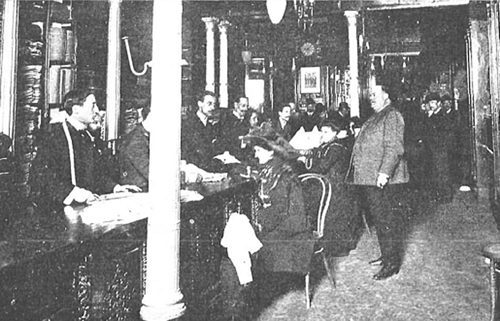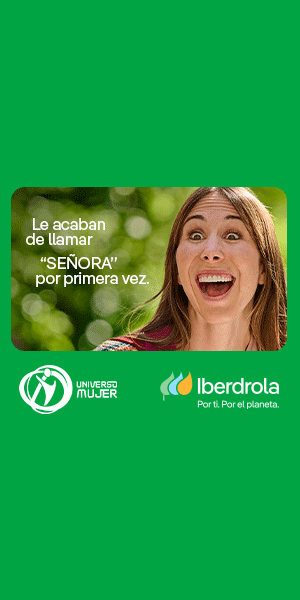Alberto Rubio
El Corte Inglés, the biggest Spanish distribution company and one of the most important of the world, has always taken care of its label zealously, as it proves its recent dispute at the European Court of Justice with a small company of Málaga with the same name in English: The English Cut. But, where does such an unusual name come from? There are many theories and not so many certainties, but maybe its origin was in Derby, England.
At the end of 1890, Sam Richardson ran away from Derby and settled in Madrid after it was revealed that he had pocketed about 1,000 pounds sterling (a great sum of money at that time) coming from the funds of the cricket club of Derbyshire, of which he was captain and administrator, according to the British sports historian Peter Seddon.
Richardson, who was 46 years old then, had six daughters and a wife, changed his name by that of John Roberts and started a new life with his family in the Spanish capital, where the English justice could not appeal against him.
He had experience as a tailor –he had already run his own business in Derby- so he opened a small shop in the centre of Madrid, which made him quite successful, having among his clients none other than Alfonso XIII, which allowed him being known as “the tailor of the King of Spain”.
John Roberts –or “Spanish Sam”, as he was known since then in his hometown, Derby- could live comfortably in Madrid during the first third of the 20th century thanks to this distinguished “English cut” that the well-off of that time liked so much. However, the events conspired against him. In 1931, Alfonso XIII left in exile and the following years were probably hard for those who were successful under the protection of the royalty and the upper class. He finally sold his tailor’s shop in 1935.
The Spanish firm explains in its history that when its founder, Ramón Areces, came back from Cuba, he acquired “a small shop in the year 1935 in Preciados street, corner with Carmen and Rompelanzas, dedicated to tailoring and children’s dressmaking, whose name was El Corte Inglés”. It adds that the original tailor’s shop had been founded in 1890, which coincides with the date when Roberts set the business in motion.
Richardson/Robert’s last years in Spain were very difficult. He died at the Anglo-American Hospital of Madrid on 18 January 1938, when he was 93 years old, and the Spanish press declared him “the oldest British inhabitant of Madrid”. He could not be buried at the British Cemetery of Saint Isidro, which at that time, during the Civil War, was in the middle of the defence line of the city.
Those who were buried at that cemetery are his wife, as Mary Ann Roberts, and his daughters. There is a gravestone with the name of Robert Roberts, Canadian, but there is no trace of John Roberts/Samuel Richardson, as the cemetery’s spokesperson, David Butler, confirms: “Maybe because his surname was not his real surname, who knows?”.





